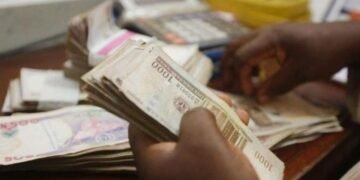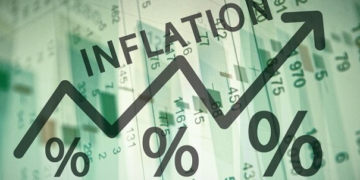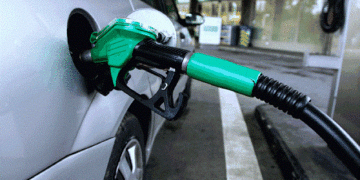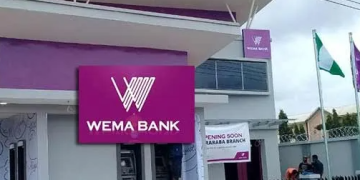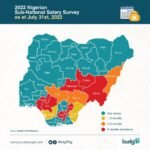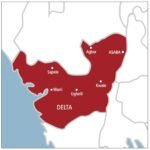Lagos state is the most indebted state in Nigeria, followed by Kaduna, Rivers, Ogun and Cross River, as at December 31, 2021.
These five states are responsible for 37.09% of total subnational debt.
This is according to the ‘2022 State of States report released by BudgIT.
The total debt stock of the 36 States grew by 8.68% from N5.86 trillion in 2020 to N6.37 trillion in 2021.
Lagos state’s total debt as at December 31, 2021 stood at N1.21 trillion. The state’s foreign debt amounts to $1.33 billion while domestic debt stood at N658.96 billion.
Lagos is followed by Kaduna with a total debt of N307.49 billion made up of $595.12 million foreign debt and N61.71 billion domestic debt.
Rivers state follows Kaduna with a total of N286.54 billion, comprising of $147.78 million and N225.51 billion domestic debt.
In 2021, eleven states reduced their total debt liability, with Delta State having the most impressive decline of 33.84%, according to the report whereas four states—Oyo, Yobe, Ogun and Sokoto—grew their total debt stock by more than 40% from 2020 level.
Kogi State, with a foreign debt year-on-year growth of 85.65%, ranked 1st among the 17 States that grew foreign debt in 2021. The four states with the highest dollar-denominated debt ($250mn and above)—Lagos, Kaduna, Cross River and Edo.
Six states—Plateau, Imo, Cross River, Osun, Kaduna and Ekiti exceeded the debt to revenue ratio solvency threshold of 200% in 2021, according to the report.
Zamfara was the only State that exceeded the debt service-to revenue solvency threshold of 40%.
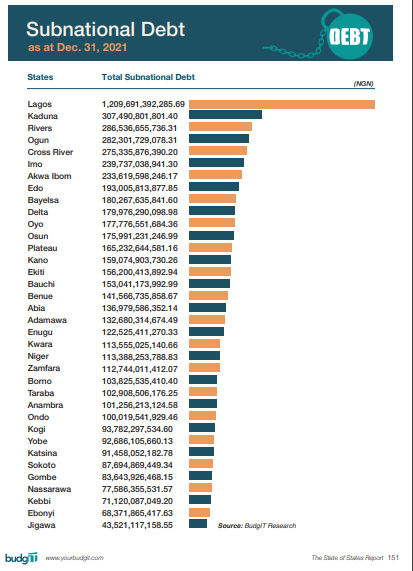


Ifunanya Ikueze is an Engineer, Safety Professional, Writer, Investor, Entrepreneur and Educator.









